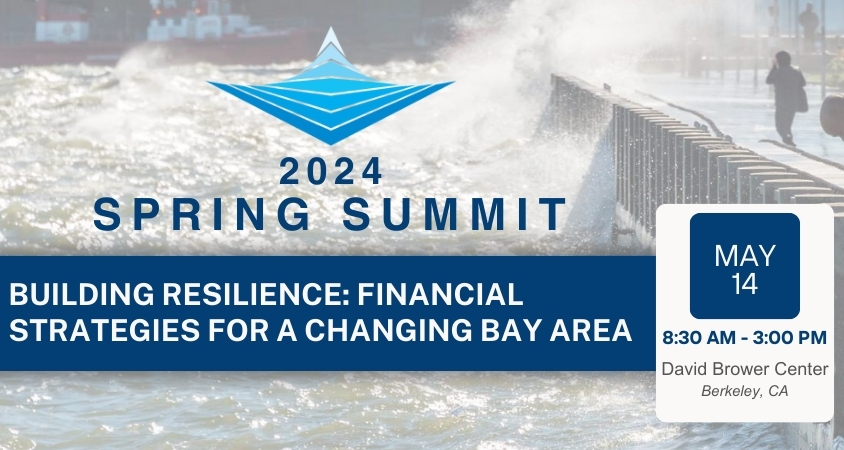US Outlook Report: What to Expect in 2016
2016 is right around-the-corner. I haven’t even finished all my holiday shopping yet, and I am still working on Thanksgiving leftovers, but the New Year will be here before you know it. In this week’s US Outlook Report, we give you a little preview of what you can expect from the U.S. economy and interest rates in 2016.
On the surface, we don’t expect to see much of a change in the rate of overall U.S. economic growth. On a year-on-year basis, real GDP is expected to slow from 2.5% estimated for 2015 to 2.4% in 2016. The annual pace of growth in the U.S. has remained remarkably stable at around 2.4% to 2.5% since 2014.
The good news is this forecasted pace of real GDP growth is still faster than the U.S. economy’s longer-term potential; given sluggish population growth, aging demographics, and lackluster productivity gains. As a result, you can expect a healthy labor market with unemployment rates that continue to decline, though perhaps at a somewhat slower rate than we have become accustomed over the past few years.
As the U.S. unemployment rate falls next year below the U.S. economy’s natural rate for the first time in a decade, nominal and real wages will rise at a faster clip. An increase in average hourly earnings growth into the 3.0% range is entirely possible by the end of 2016.
Already the Fed’s Beige Book report for December noted: several Fed districts reported difficulties in finding skilled workers, lower-skilled and entry-level workers, as well as construction workers. The Cleveland, Atlanta, and San Francisco districts reported wage pressures were widespread or emerging. We expect these wage pressures to spread to more regions of the country as the U.S. unemployment rates continue to fall.
But the tranquil economic picture from GDP, employment, and wages masks a lot of shifts in the economic landscape, just beneath the surface, that could keep investors and some industries on edge. Top of mind will be the path of U.S. interest rate hikes from the Fed. Our baseline forecast is that the Federal Reserve will start raising interest rates this month, and three additional rate hikes will occur in 2016. Long-term interest rates, like mortgage rates, will rise as well, but their increases are expected to be more muted and should not kill off consumer spending, the housing recovery, or the stock market rebound.
Rising interest rates, if taken too far, do have the potential to have wide-ranging impacts on consumer spending, housing demand and construction, emerging market economies, commodity prices, and the U.S. dollar. Already we are seeing a divergent economic performance between manufacturers that are more exposed to the global slowdown and stronger dollar and service businesses that are more closely wedded to the strength of the U.S. consumer.
We will see this divergence continue into 2016. Expect more dollar appreciation, continued low oil prices, and pockets of strength and desperation across regions of the country and across industries. We expect to find relative strength in consumer spending and in the Coastal regions of the country and relative weakness in agriculture, business investment, manufacturing, and exports dampening economic activity in the middle of the country. Unfortunately not everyone will benefit from this two-speed economic expansion.
To learn more, check out this week’s U.S. Outlook Report.
Tags: economy, employment
